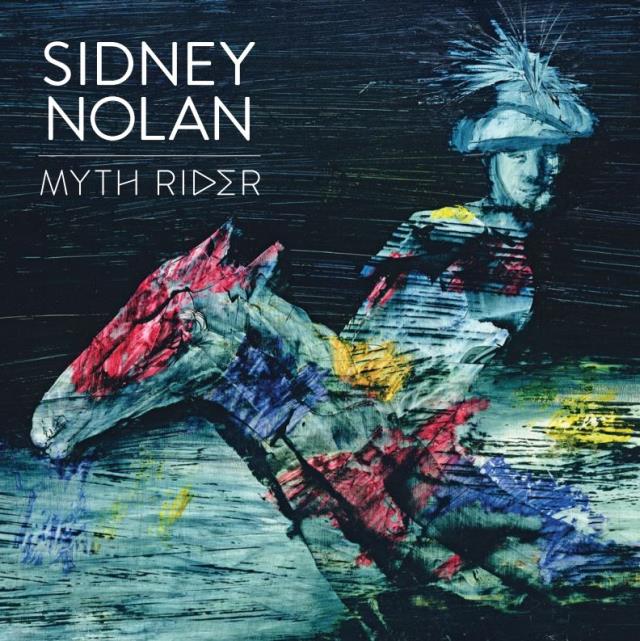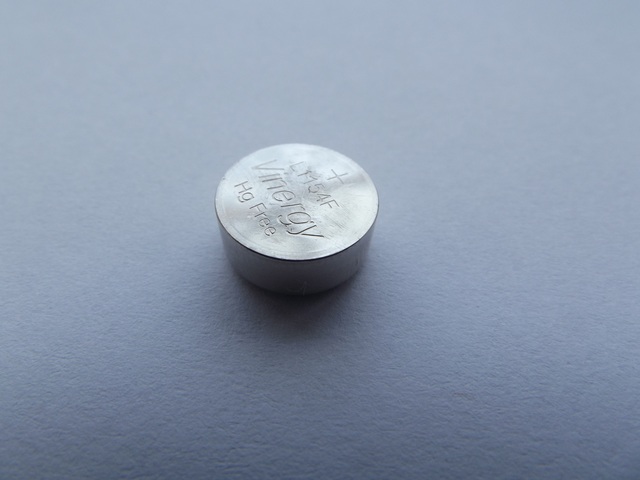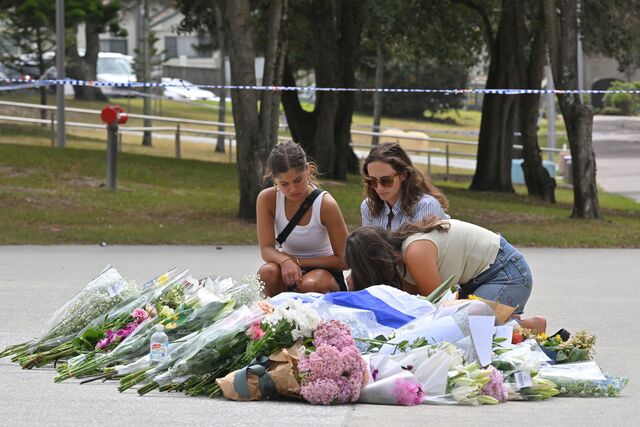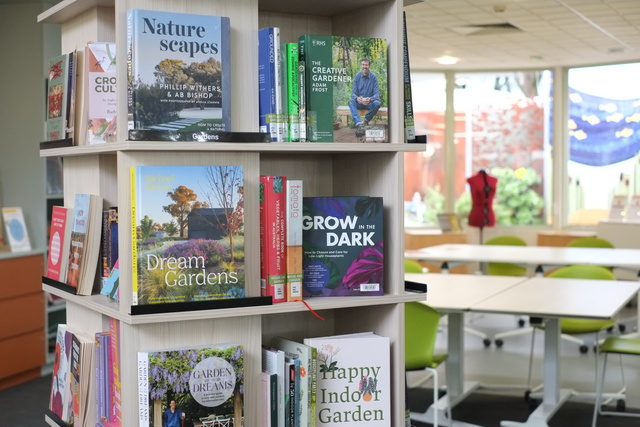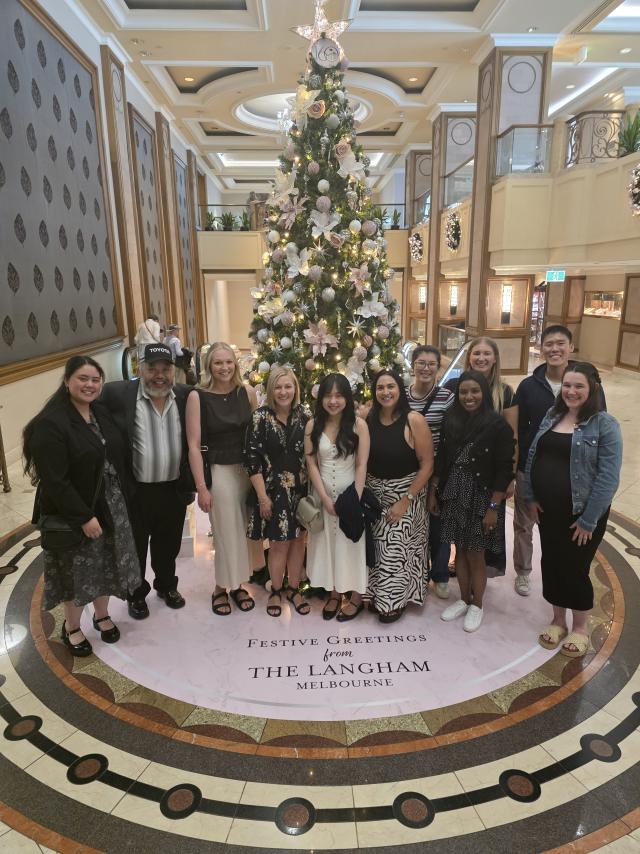TarraWarra Museum of Art is revealing its latest exhibits from tomorrow, showcasing two well known Australian artists.
The first, ‘Sidney Nolan: Myth Rider’ brings together more than 100 works by Sidney Nolan from 1955–1966, during which the artist grappled with the subject of the Trojan War, its parallels with the Gallipoli campaign, and its origins in the myth of Leda and the Swan.
Throughout these interconnected series, Nolan employs his remarkable visual and mental acuity to meld classical allusions, literary sources, historical references, and his own personal response to war and its disastrous consequences, to convey a series of powerful insights into the broader mythic and universal dimensions of human conflict. Combining compelling subject matter and a highly inventive approach to a wide range of media, the rich array of works in this exhibition reveal Nolan’s innate
understanding of and facility for mythopoesis—the making of myth—whereby past and present, ancient and modern, legend and history, are conflated and vividly reimagined.
Although previous exhibitions of Nolan’s Gallipoli series have highlighted his references to classical sources, this will be the first exhibition to show these works in the context of the development of the artist’s vision of the tragedy of warfare from his early works on Hydra (1955–56), through his Leda and Swan series (1958–60) and culminating in his large-scale interpretations of Greek mythology (1966).
Curator, Anthony Fitzpatrick explains the title of this exhibition is taken from The Myth Rider, 1958– 59, one of Nolan’s early major paintings from his Gallipoli series.
“This painting, together with a large selection of Nolan’s works from the period 1955–1966, chart his decade long engagement with the epic subject of the Trojan War, its parallels with the Gallipoli campaign, and its origins in the myth of Leda and the Swan,” Mr Fitzpatrick said.
“What emerges from these three interconnected series is a deepening sense of the tragic which came to inform Nolan’s vision of warfare as a predestined and overwhelming force that is beyond human control.
“For Nolan, myths, like poems, are ‘forms of knowledge’ and feats of the imagination by which the most contradictory, complex and challenging experiences and ideas can be expressed and realised— and this is what he sought to transmit through his art.”
The second exhibit, ‘Heather B. Swann: Leda and the Swan’ is an exhibition of new sculptures and paintings by Hobart based contemporary artist Heather B. Swann, who is renowned for her large-scale, meticulously crafted and highly expressive sculptural forms.
Swann’s new installation at TarraWarra Museum of Art is an immersive, experiential work, woven out of her own contemporary reading of the myth of Leda and the Swan and emerging from artist residencies in Rome and Athens.
The artist’s close study of Graeco-Roman antiquities and emulation of the forms of classical figurative sculpture is embodied in her use of fragmentation, repetition and mismatched scale.
Commissioned by the TarraWarra Museum of Art to make an exhibition on the theme of Leda and the Swan, the artist visited Athens and made a close study of Archaic korai, the marble girls who stand straight and still and self-contained.
Swann presents female resistance through words and objects that embody the idea of “Tooth and Nail” which speaks of Fight.
The work maintains the artist’s characteristic rich ambiguity, though with the clear injunction to ‘always be on your guard, to fight tooth and nail and to look out for each other.
Do not shut up; keep telling the story again and again, and look for change.’
Mr Fitzpatrick said, “The dual presentation of these two bodies of work by Sidney Nolan and Heather B. Swann, created six decades apart, provides an opportunity to consider the mutability and adaptability of Greek mythology and its capacity to resonate across time.
“Like countless authors and artists before them, they have both reinvented these ancient stories— bearing witness to their endless metamorphic possibilities—to create art that is of its moment.

